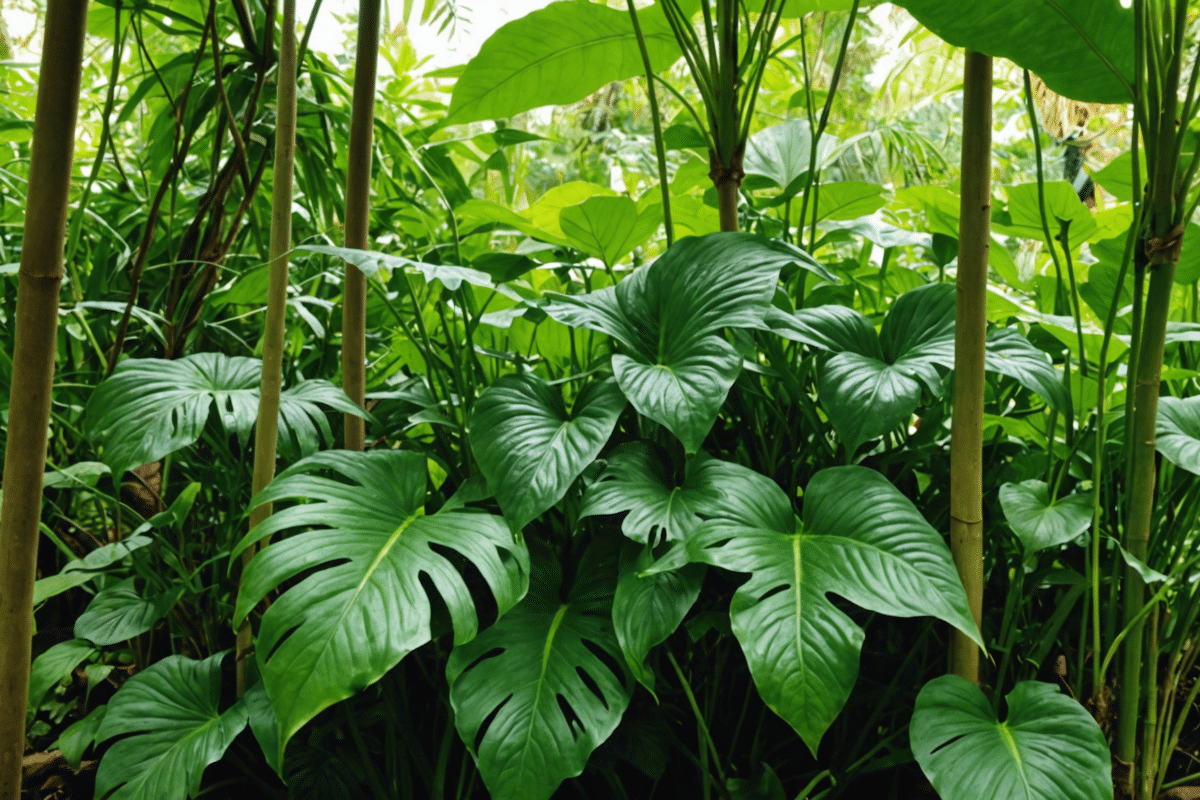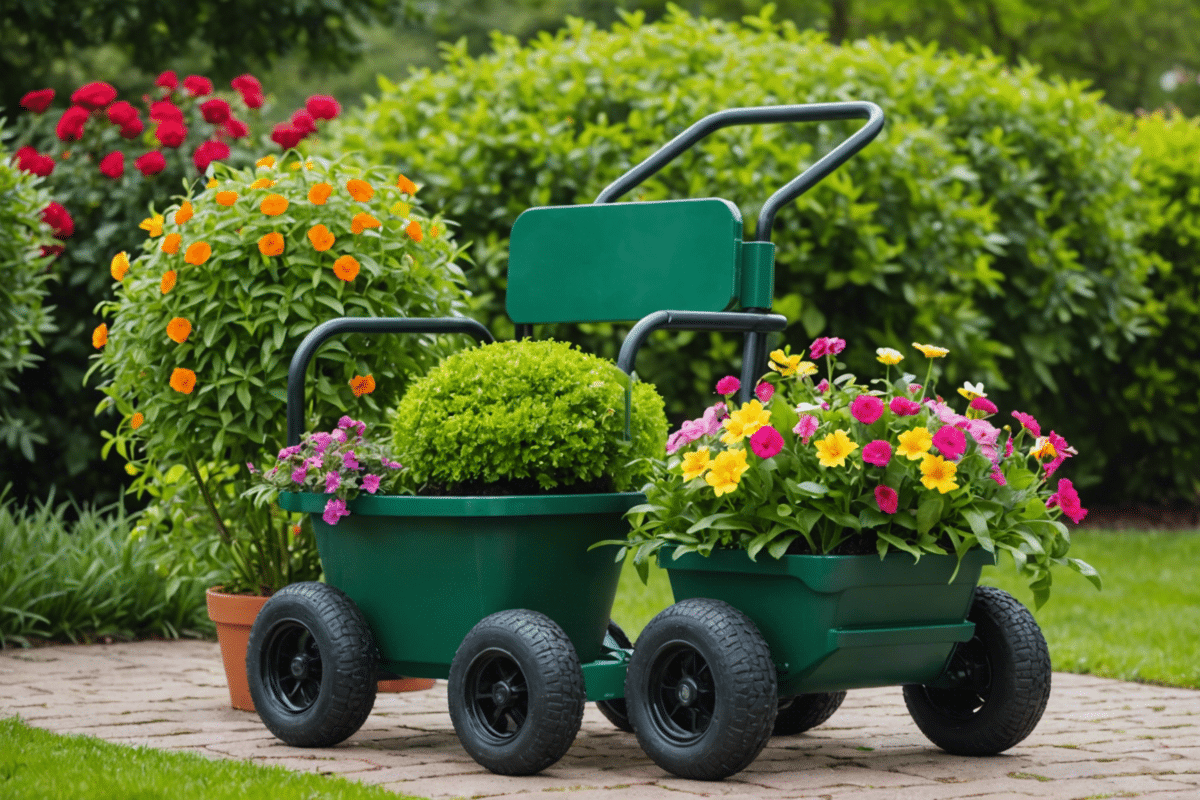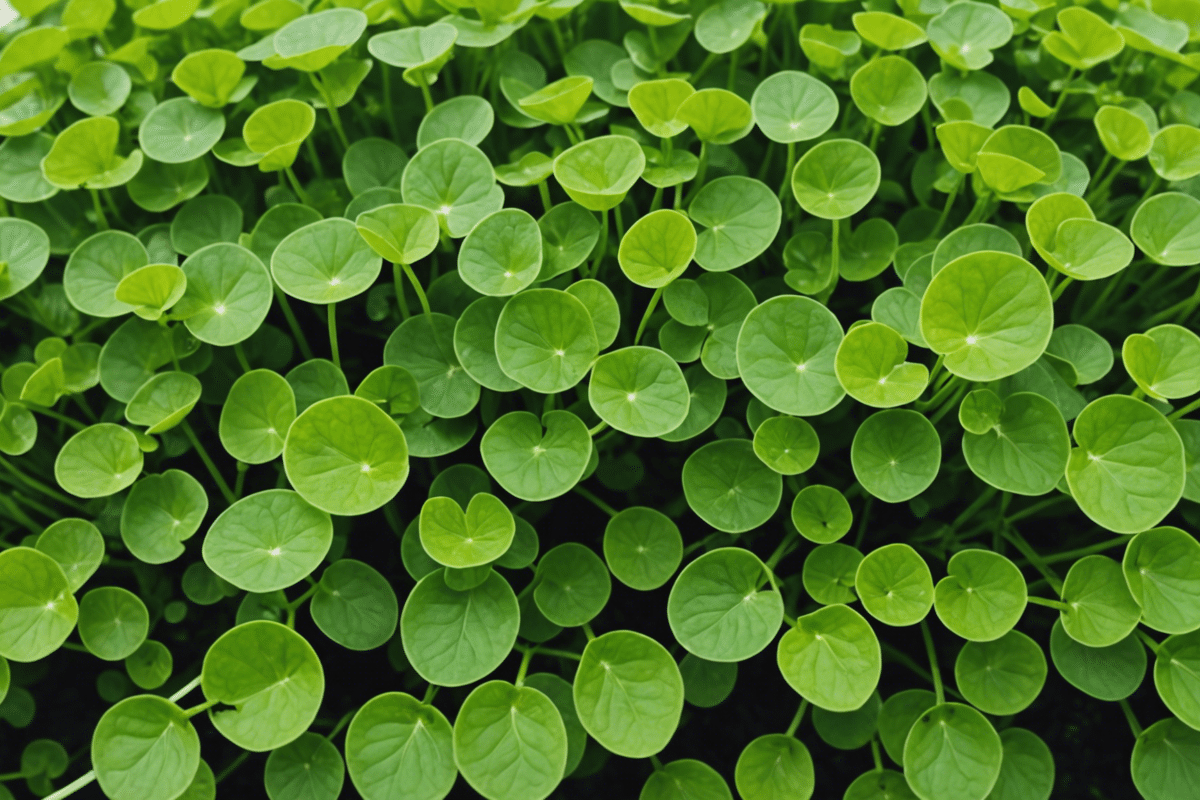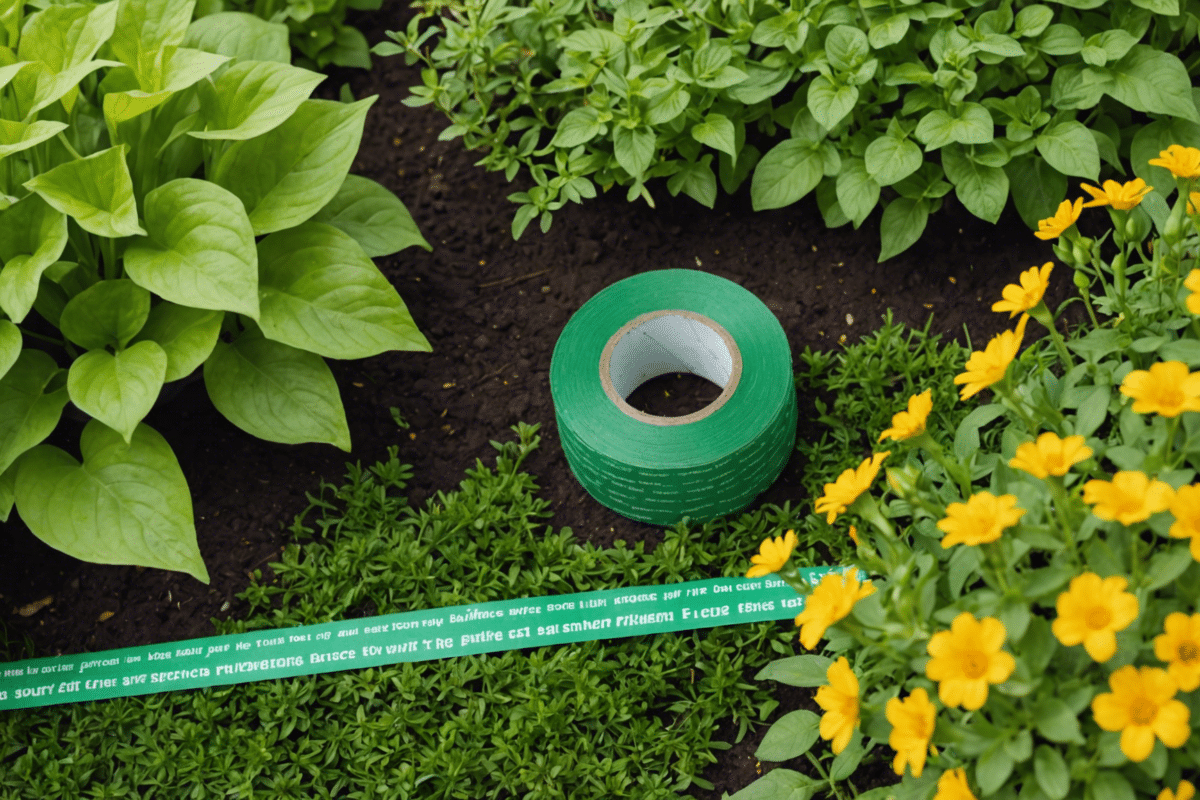Content
Embarking on the quest to embrace a more self-sufficient lifestyle and weave the threads of nature into everyday life, one cannot overlook the myriad of benefits offered by a remarkable herb: comfrey. Known for its unique blend of usefulness and beauty, this plant is a treasure trove for those who are not only enthusiasts of gardening but also connoisseurs of natural remedies and organic practices.
Discovering the Magic of Comfrey in a Garden

Incorporating this fast-growing perennial into one’s garden space offers a multifaceted array of benefits. As a plant that thrives with minimal fuss, it is an easy addition even for the novice gardener. Its deep-rooting system extracts a wealth of minerals from the soil, resulting in lush, verdant leaves rich in nutrients. The resilience of this herb also ensures that it serves as a steadfast perennial, coming back year after year with renewed vigor.
Delving into the Nutritional Profile and Uses
The nutritional profile of comfrey is impressive, boasting high levels of potassium, which is instrumental in plant growth. The leaves are often harvested to create comfrey tea, an all-purpose liquid fertilizer that is cherished by gardeners for its ability to condition the soil and provide a nutrient boost to various crops. This homemade concoction is an economical and eco-friendly alternative to chemical fertilizers, aligning seamlessly with an organic lifestyle. The benefits do not end with horticultural practices; comfrey has also been traditionally utilized for its medicinal properties, aiding in the healing of bruises, sprains, and broken bones.
The Environmental Perspective
From an ecological standpoint, comfrey plays a critical role. It is listed among the best plants for a forest garden due to its ability to coexist with trees and its attributes as a dynamic accumulator, drawing nutrients into its foliage which, when decomposed, enrich the surrounding environment. Moreover, its flowers are a haven for pollinators, serving as a food source for bees and other beneficial insects, supporting the local ecosystem’s health and stability.
- Soil enhancer: Comfrey’s deep roots mine the subsoil for minerals.
- Natural fertilizer: Use leaves to make comfrey tea or as mulch.
- Wildlife supporter: Attracts pollinators such as bees and butterflies.
- Medicinal applications: Used in ointments and poultices to aid in healing.
Gardening with Purpose and Sustainability
By choosing to grow comfrey, one is making a decision that resonates with the principles of permaculture and sustainable agriculture. This plant is not only a provider of nutrients but also contributes to soil building, as described in discussions about perennial soil-building plants. It is an exemplar of a closed-loop system, where every part of the plant is utilized, thus minimizing waste and enhancing the garden’s output.
Harvesting and Storing for Year-Round Use
Of concern to the avid gardener is also the concept of seed and plant longevity. When it comes to comfrey, the plant’s propagation is typically done through root cuttings rather than seeds, which ensures consistency in plant quality and sidesteps worries about expiration dates associated with seeds. The leaves can be harvested several times throughout the growing season, dried, and stored for future use as fertilizer or in herbal remedies, optimizing the plant’s yield and extending its benefits beyond the present moment.
Frequently Asked Questions about Comfrey
Is comfrey safe to use? Yes, when used externally, comfrey can be safe. However, due to its pyrrolizidine alkaloids content, one must exercise caution and use it as recommended for topical applications.
How often can comfrey leaves be harvested? Comfrey leaves can be cut down near the base of the plant, typically up to 3-5 times during the growing season.
Can comfrey be used in compost? Yes, comfrey leaves make an excellent ‘green’ layer in compost heaps, accelerating breakdown due to their rich nitrogen content.
In conclusion, the integration of comfrey into a garden is a holistic approach to gardening that offers diverse benefits ranging from soil conditioning and wildlife support to medicinal uses. This wonder plant stands as a symbol of the harmony between function and nature, adding value to both the garden and gardener’s life. Its resilience, versatility, and ecological contributions make comfrey an indispensable ally in the journey toward a more sustainable and health-conscious living environment.












